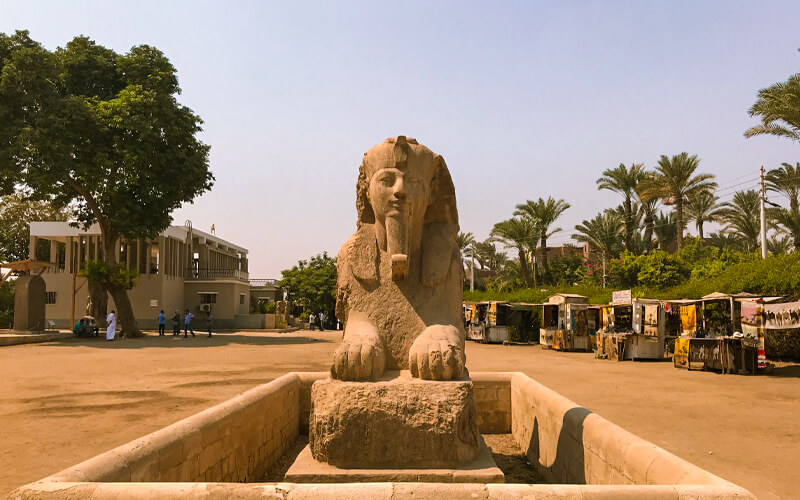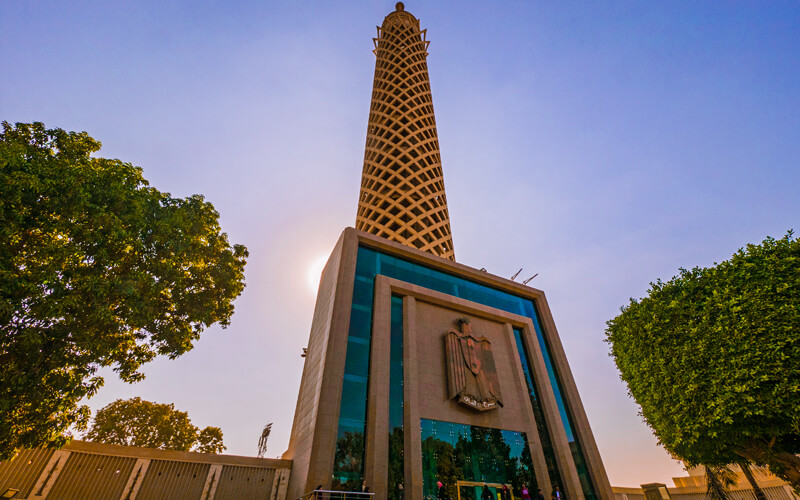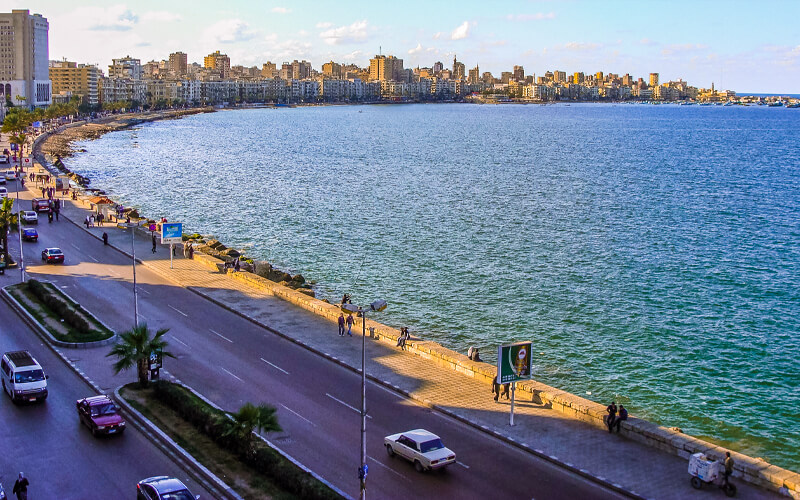City of Memphis
Egypt’s ancient city of Memphis is a must-see.
The oldest constructions in Cairo date back only to the past couple of centuries BC, during the Greco-Roman era; however, on the outskirts of the city are the Giza Pyramids, which are some of the oldest structures on the planet and are some of the oldest structures in the world. Despite their close vicinity to Cairo, the differences in age between the pyramids and the city itself serve as evidence of their distinct historical periods.
In addition to the pyramids at Giza, there are other structures in the desert surrounding Cairo that are remnants of a very ancient city and civilization that had fallen into collapse long before Cairo was built. Memphis was the name given to this place by this civilization, which served as the capital of Ancient Egypt’s Old Kingdom (2686–2181 BC), and was the residence of the pharaohs who built the pyramids.
What was the name of ancient Egypt’s first capital?
Memphis was the first capital of Ancient Egypt, and it still serves as such today. The vast majority of the pyramids discovered around Cairo, which number well over 100 in total, were constructed during this time, when Memphis was the most significant city in Egypt and, most likely, the whole globe, according to archeological evidence.
Memphis has a long and colorful history.
Manf, Mn nfr, or Memphis is an ancient Egyptian city that is now a UNESCO World Heritage Site. It was built around 3200 BC by King Narmer and is one of the world’s most important archeological sites. It served as Egypt’s capital throughout the Old Kingdom (dynasties 3-6), and it was also during this period that the deity Ptah (god of craftsmen and architects) was worshiped.
What was the significance of the name Memphis?
Memphis was known as the “White Wall” until the 26th century BC, most likely due to the king’s palace, which was constructed of whitewashed bricks and stood there until that time. Memphis is a Greek translation of the Egyptian Men-nefer, which is the name of a nearby pyramid erected during the 6th Dynasty and which is the most recent name for the city.
What is the location of the City of Memphis?
A settlement named “Meet Raheena” near Badrasheen, a city 13 miles south of Giza, has the remains of this ancient capital, which is situated 20 kilometers south of Cairo on the west bank of the Nile River in a village called “Meet Raheena.” Because the site is almost 5000 years old, only a small portion of the original city has survived. However, it still has some spectacular artifacts as well as an assortment of sculptures that have been discovered in the last century.
The Open Museum in Meet Raheena is a fictionalized account of a real-life museum.
The statue of Ramses II at the entrance to the open museum of Meet Raheena – remains leftover from ancient Memphis – and the massive statue of Ramses II lying on the ground are two of the most notable monuments in the open museum of Meet Raheena. Other monuments include a statue of Alabaster in the shape of the Sphinx and several other statues.
The most stunning discovery there is the colossal statue of Ramesses II, which stands over 30 feet tall and is the most magnificent of all. It was 1500 years after the construction of the Giza Pyramids that Ramesses II ruled from Thebes, a city located near present-day Luxor, long after the heyday of Memphis’s power had passed in the 13th century BC. However, this massive statue demonstrates that the city of Memphis remained important even after the Giza Pyramid complex was completed.
Rameses II: Massive Statues and a Prodigious History
The Italian archeologist Giovanni Caviglia uncovered a 10-meter-long limestone statue at the temple of the deity “Ptah” (god of artisans and builders) among the ruins of ancient Memphis in 1820. The statue was carved from limestone and had been hidden for centuries.
Another gigantic statue of Ramses II was discovered in the temple of the deity “Ptah,” which was quite similar to the original form, and it was used as a focal monument in Ramses Square at the Cairo Museum until 2006 when it was moved to the Egyptian Museum. This figure, which stands at the entrance of the Grand Egyptian Museum, has become the most notable emblem in the complex.
When King Ramses II of the New Kingdom reigned from 1279 to 1213 BC (19th Dynasty), he was widely regarded as the greatest, most celebrated, and most powerful pharaoh the world had ever seen. He earned his reputation and the affection of the ancient Egyptians through his numerous military expeditions that helped the country retake control of Egyptian territories such as Nubia and Canaan. His successors and subsequent Egyptians referred to him as the “Great Ancestor” or “Great Father.”
The Necropolis of the Ancient City of Memphis is a burial ground for the dead.
The Necropolis of Saqqara, widely regarded as one of the world’s most significant archeological sites, was used by ancient inhabitants of Memphis as a cemetery for kings, non-kings, and even animals, according to some scholars. The Mastaba of Ti and the tomb for King Djoser, both of which were discovered in the Step pyramid of Djoser, which was the first pyramid ever erected, were the most significant tombs discovered in the Necropolis of Saqqara.
The discovery of the Mastaba of Ti, one of the most elaborate and well-preserved tombs ever discovered, has allowed contemporary civilization to get a better understanding of life in the Old Kingdom. It is one of the few remaining sources of information on living during that period.
The Saqqara Necropolis is also the site of the world’s biggest collection of animal cemeteries and cult structures. Ancient Egyptians had a plethora of pets, and animals were very crucial to the agricultural industry. In addition to cats, many other creatures were revered as holy, including falcons, hawks, and scarab beetles, which were thought to keep watch over their young ones.
If you want to spend a fantastic vacation check out our amazing Egypt Vacation packages or Luxor Excursions to find the best way to travel to Egypt for you with Egypt Travel Guide with us in Egypt Nile Cruise



